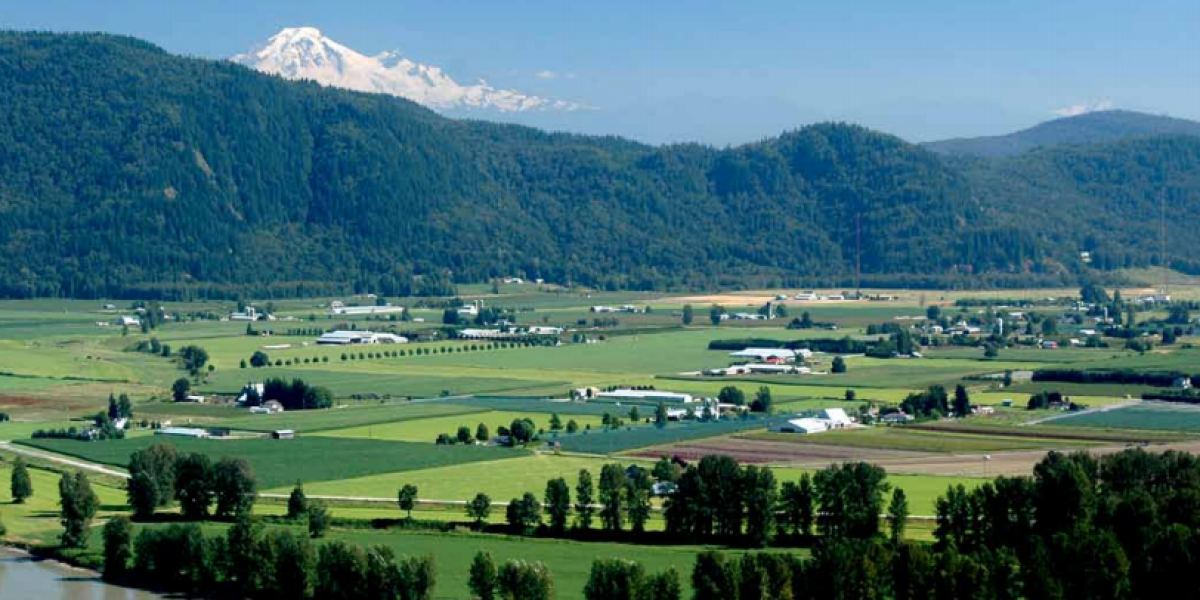The intent of the report is to provide a preliminary assessment of these ecosystem service benefits to better inform future discussion about how to protect and restore the region's precious natural capital and ensure a sustainable future.
Findings from the study:
- Forests are the region's dominant ecosystem type covering 61 per cent of the combined study areas. Other land cover types include developed areas, including residential, commercial and industrial (9%); alpine and exposed areas (10%); water (9%); shrublands and grasslands (5%); agriculture (5%); and wetlands (2.4%).
- The total value for all benefits provided by the study area's natural capital is an estimated $5.4 billion per year or about $3,880 per hectare. This equates to an estimated value of $2,462 per person or $6,402 per household each year, based on statistics from the 2006 census.
- Over a 50-year period, the net present value of the region's ecosystem benefits is estimated to be between $96 and $270 billion, using discount rates of between zero and five per cent.
- The study found that the most valuable types of ecosystem in the region are forests ($5,900 to $7,400 per hectare) and wetlands ($4,200 to $6,200 per hectare).
- The top three benefit values from the study area's ecosystem services are climate regulation ($1.7 billion per year), water supply ($1.6 billion) and flood protection and water regulation ($1.2 billion).
- Between 1989 and 2009, 579 hectares of wetlands in the Lower Fraser were converted to agricultural lands and 781 hectares were converted to developed land-use types, representing an estimated total loss of $11 million per year in ecosystem services.



